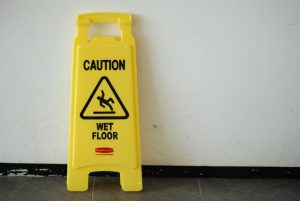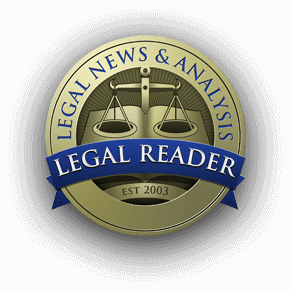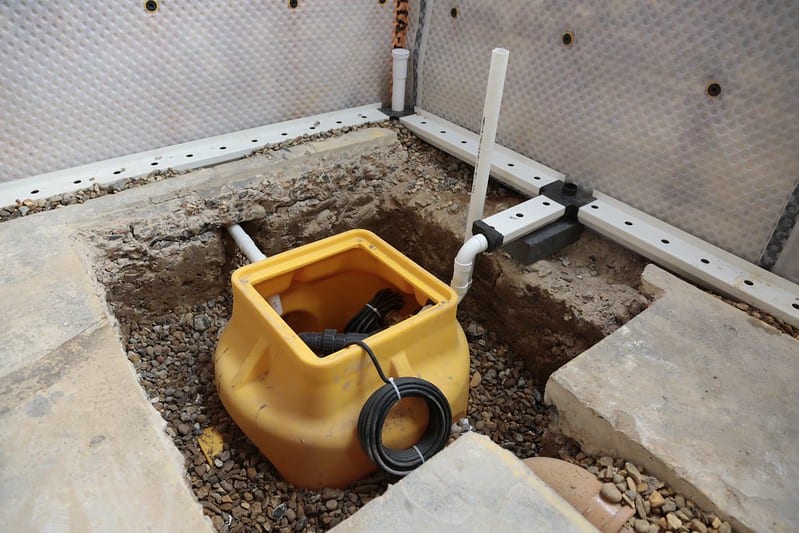Understanding the mold remediation process is essential for effectively addressing mold issues in your home.
Mold is a common problem in many homes and can pose significant health risks if not addressed promptly. The mold remediation process involves a series of steps to identify, remove, and prevent mold growth, ensuring a safe and healthy living environment. This article provides a detailed overview of the mold remediation process, from initial inspection to final restoration.
1. Initial Inspection and Assessment
The first step in the mold remediation process is a thorough inspection and assessment of the affected area. A certified mold inspector will:
- Identify the Source: Determine the source of moisture that is causing mold growth. This could be due to leaks, condensation, or high humidity.
- Assess the Extent: Measure the extent of mold contamination using moisture meters, infrared cameras, and air sampling. This helps in understanding the scope of the problem and planning the remediation strategy.
- Develop a Plan: Based on the findings, the inspector will develop a detailed remediation plan outlining the steps needed to address the mold issue.
2. Containment
To prevent the spread of mold spores to unaffected areas of the home, containment measures are implemented. This involves:
- Sealing Off the Area: Using plastic sheeting and tape to seal off the contaminated area from the rest of the home.
- Negative Air Pressure: Setting up negative air pressure machines with HEPA filters to contain airborne mold spores and prevent them from spreading.
3. Personal Protective Equipment (PPE)
Safety is a priority during mold remediation. Workers wear personal protective equipment (PPE) to protect themselves from exposure to mold. This includes:
- Respirators: Masks with HEPA filters to prevent inhalation of mold spores.
- Gloves: To protect hands from direct contact with mold.
- Coveralls: Full-body suits to prevent skin exposure.
- Goggles: Eye protection to prevent irritation from mold spores.
4. Mold Removal
The next step is the removal of mold-infested materials. This varies depending on the type of materials and the extent of contamination:
- Non-Porous Materials: Surfaces like metal, glass, and tile can be cleaned using antimicrobial treatments and scrubbing.
- Porous Materials: Materials such as drywall, insulation, and carpeting that have been heavily contaminated need to be removed and discarded. These materials absorb moisture and mold, making them difficult to clean effectively.
5. Cleaning and Disinfection
Once the mold-infested materials have been removed, the affected area must be thoroughly cleaned and disinfected to eliminate any remaining mold spores:
- HEPA Vacuuming: High-efficiency particulate air (HEPA) vacuums are used to capture mold spores from surfaces and air.
- Disinfecting Solutions: Antimicrobial treatments and disinfectants are applied to kill any remaining mold spores and prevent regrowth.
6. Drying and Dehumidification
Effective drying and dehumidification are crucial to prevent mold from returning. This involves:

- Air Movers: High-speed air movers are used to increase air circulation and speed up the drying process.
- Dehumidifiers: Dehumidifiers reduce moisture levels in the air, creating an environment that is less conducive to mold growth.
- Monitoring: Moisture levels are continuously monitored to ensure that the area is thoroughly dried.
7. Post-Remediation Verification
After the mold remediation process is complete, a post-remediation verification is conducted to ensure that the mold has been successfully removed:
- Visual Inspection: A thorough visual inspection is performed to check for any signs of remaining mold.
- Air Quality Testing: Air samples are taken to measure the concentration of mold spores in the air. These samples are compared to outdoor air samples to ensure that indoor air quality is within acceptable levels.
- Surface Testing: Surface samples are taken from cleaned areas to confirm that mold spores have been effectively removed.
8. Restoration
The final step in the mold remediation process is the restoration of the affected area to its original condition:
- Repair and Replace: Any damaged materials, such as drywall, insulation, and flooring, are repaired or replaced.
- Repainting and Refinishing: Surfaces that were cleaned and disinfected are repainted or refinished to match the rest of the home.
- Final Cleaning: A final cleaning is performed to ensure that the area is safe and free from mold spores.
Conclusion
Understanding the mold remediation process is essential for effectively addressing mold issues in your home. From the initial inspection and containment to mold removal, cleaning, drying, and final restoration, each step is crucial for ensuring a safe and healthy living environment. By following a comprehensive remediation process, you can eliminate mold from your home and prevent future infestations. If you suspect a mold problem, it’s important to seek professional help through damage claim services to ensure thorough and effective remediation. Transform your living space with expert renovation services from NYCrestoration.com, where quality craftsmanship meets innovation in every project.


Join the conversation!